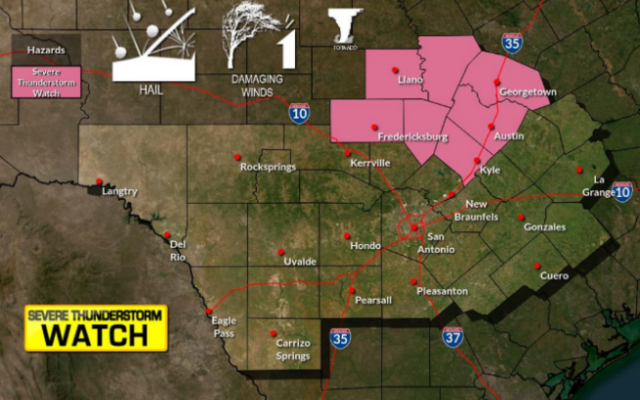Rising egg prices could have heavy impact on Easter in Texas, US

SAN ANTONIO (KTSA News) — The Easter Bunny could face challenges never before seen in 2023.
Egg prices continue to set all-time per-dozen price records, and a Texas A&M AgriLife Extension Service expert does not expect that trend to reverse in the near future.
David Anderson, Ph.D., AgriLife Extension economist, Bryan-College Station, said inflationary pressure and the worst avian flu outbreak in U.S. history have combined to send egg prices upward over much of the last year.
For a year-to-year comparison, prices reached $4.25 per dozen on average in December 2022 across the nation, according to a U.S. Department of Agriculture retail egg report. A dozen eggs was $1.79 at the same time last year.
The previous peak price occurred in September 2015 – $2.97 per dozen – and was also attributable to an avian influenza outbreak.
Anderson said he has been inundated with media requests on the subject as the topic of egg prices has become a major talking point among the consuming public.
“One reporter in Houston interviewed a backyard producer who told them this is the first time ever that it’s been cheaper to produce eggs than buy them at the store,” he said. “The situation with egg prices is something people are following now, but I think it is also something that happened over the course of time with several factors aligning.”
Higher production and logistical costs like feed and fuel have contributed, but the top factor driving egg prices to record highs is an ongoing outbreak of avian influenza, Anderson said. The highly pathogenic viral disease hit the U.S. poultry industry in early 2022 and cases continue to pop up at poultry farms nationwide.
The USDA-Animal and Plant Health Inspection Service, USDA-APHIS, reported almost 58 million commercial poultry birds, including broiler and egg-laying chickens, turkeys and various fowl have been lost to the virus, now reported in 46 states.
Wholesale prices continue to rise, which indicates retail egg prices have not peaked, Anderson said. The teetering flock numbers couldn’t come at a worse time for consumers.
The January USDA egg report showed prices were steady to slightly lower than December, but yearly prices for eggs often peaks each spring due to Easter holiday egg hunts and baking, he said.
“We have a built-in holiday-driven demand for table eggs,” he said. “That demand bump is on the horizon, but the higher prices are also a signal to consumers to use less, so it will be interesting to see if there will be a demand adjustment this Easter.”
You Might Also Like



